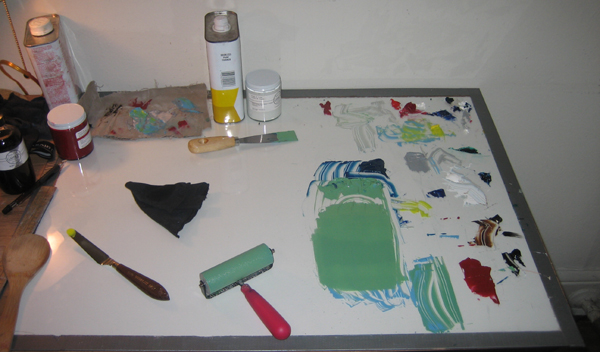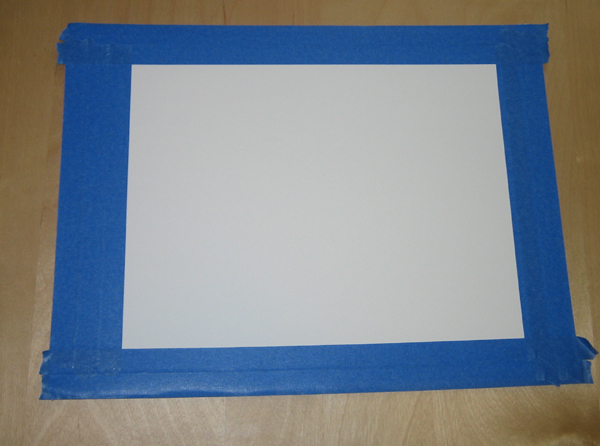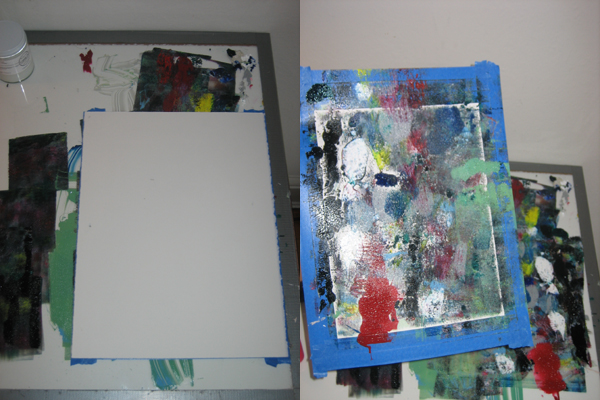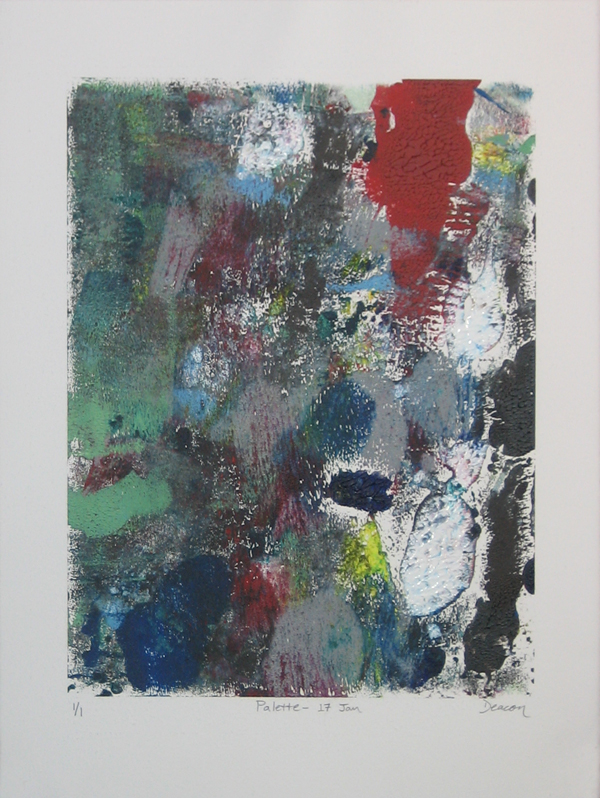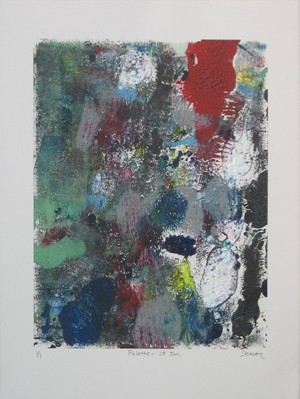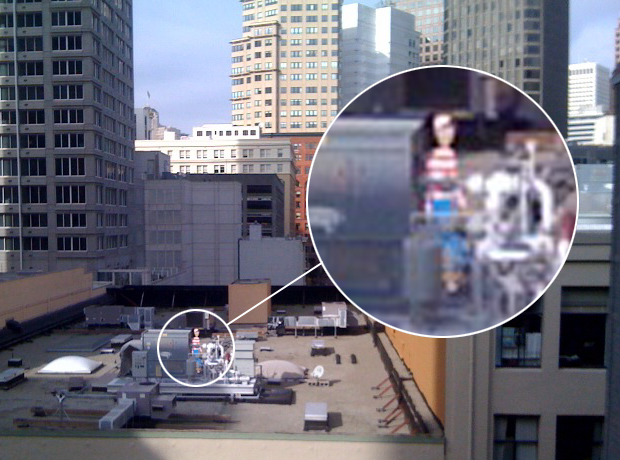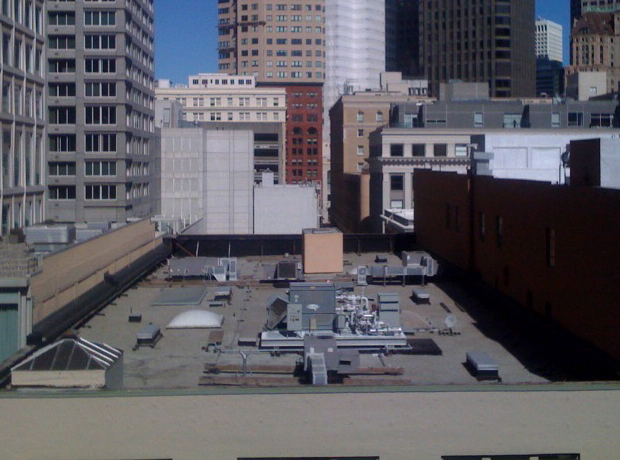I didn’t even know it, but today is Free Art Friday.
I won’t make the mistake of not knowing again.
It was a lark that I discovered this – I almost didn’t go for a jog during my lunch break, but I did. On my way back up Folsom Street towards the office, I saw a sign next to a table:
Free Art Friday
Of course I stopped to investigate.
Guerrilla Marketing, with food
The artist, who I soon learned was named Tracy, had a table set up offering a choice: a free hard boiled egg, or a free drawing of an egg. I couldn’t make up my mind (I was hungry from my jog), and after some conversation, she kindly offered both.
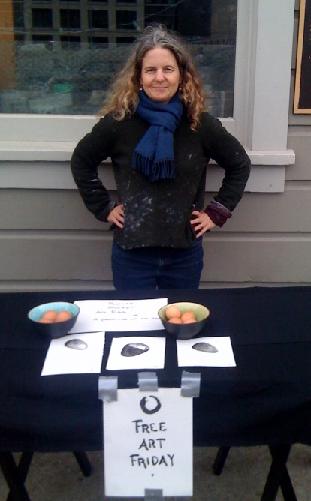
Tracy Grubbs offered fresh hard boiled eggs, or a drawing of an egg to every passer by
The whole interaction and experience was so pleasant and unexpected that I’m writing about it now.
I’m also writing about this because it shouldn’t be unexpected. I wish this was much more common.
The artist is Tracy Grubbs, a San Francisco painter. I asked about her art, and she told me that lately, she has been examining shape and space in her art, and in particular the empty space around objects as a subject matter.
(I hope I am remembering her words correctly)
As I was looked at the drawing I received from her (it’s down below), and thought about her words about space, I saw the empty paper as part of the composition, just as much as the ink. The unmarked areas are as much a part of the drawing as the marked areas.
I mentioned my own woodblock printmaking, and we discussed her “mercenary” marketing methods (my description). She sets up in front of her studio, on the edge of the Financial District. Folsom isn’t the busiest street, but there is a decent amount of foot traffic. Her location was a good balance between enough people coming by, but not so many that she would be lost in the hustle and bustle.
The real trick is to get people to slow down and engage, she mentioned. As I was talking to her, another guy stopped for a minute, and left with an egg. Two ladies walked by, but did not stop.
I thought the egg was the cleverest part of her marketing. In a strange way, the option to take just an egg made the entire interaction much more light-hearted, and lifted any pressure that may have been part of an interaction.
The art and the egg

The Eggs I received from Tracy. The hard boiled egg has since been eaten.
I ate the egg for lunch. It was delicious.
As I write this, my egg drawing is attached to my calendar at work. I’ll bring it home with me tonight.
I encourage you to take a minute and check out Tracy’s site, it is right here: www.tracygrubbs.com
She does striking paintings of impermanent automobiles. I’m going to leave it to you to click through to her site to see what I mean by that; I rather like them. You won’t be disappointed.
Go check her website out now, I’ll still be here when you get back.
I’m in
“Free Art Friday” has a nice ring to it. I think I will participate.
The aspect of Tracy’s set up that I liked most is that she was taking the time to get art into people’s hands. Art does not have to be something stuck in galleries, only appreciated by people “in the know”. Tracy took her art to the streets – literally – and people went home with art in their hands.
That is cool, it is inspiring, and I think we could use more of that in our culture.
I have to spend my Fridays chugging along at DayJob, so I’ll have to set up a virtual table for people to visit. Look out for my own FreeArtFriday posts next Friday on my Twitter account. I’ll probably have drawings of fire hydrants to give away, or something like that.
Want in? Follow me on twitter here: @BadDeacon.
